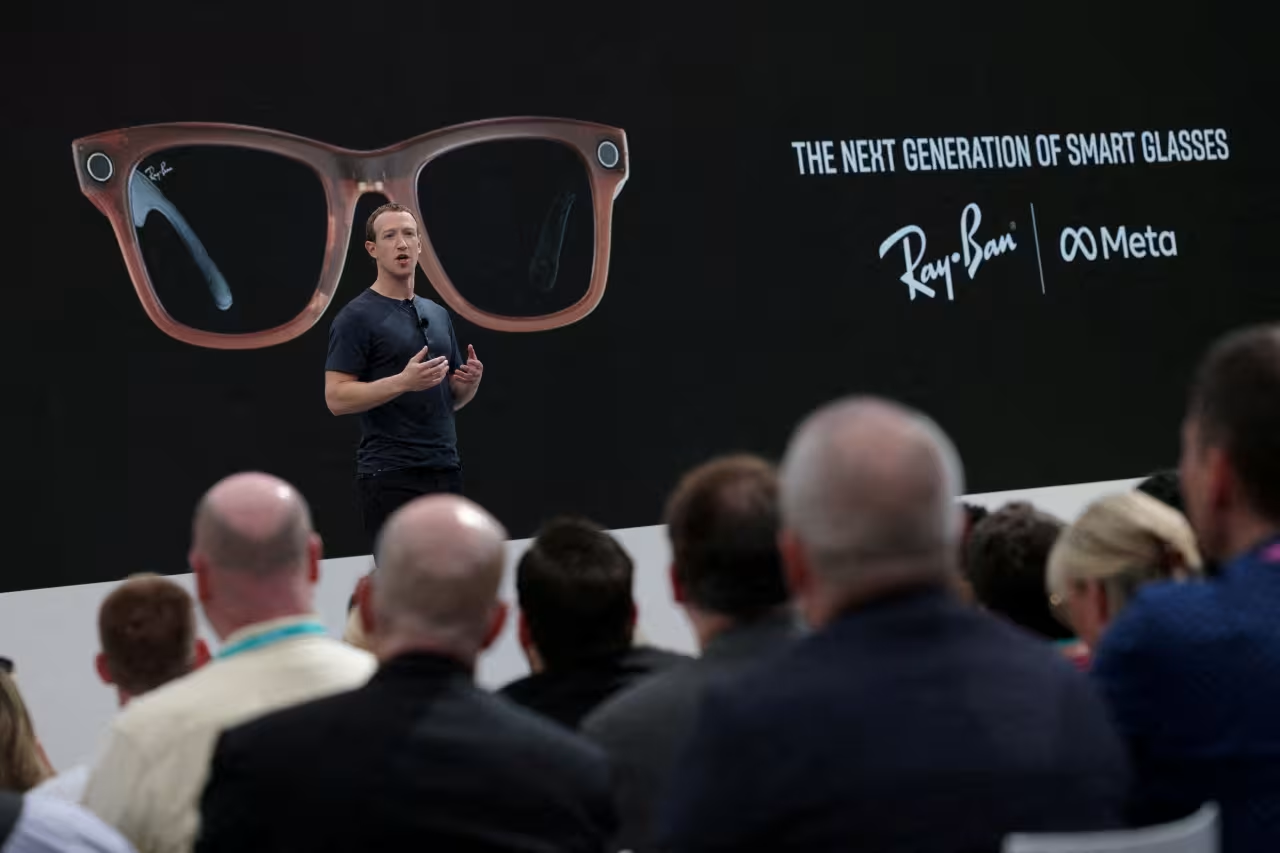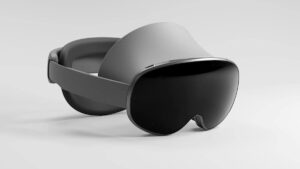Meta is making bold moves in the wearable tech space, with reports suggesting the company plans to integrate displays into its popular Ray-Ban smart glasses. This initiative aligns with Meta’s broader strategy to develop a new generation of ‘AI-native’ devices, leveraging artificial intelligence to redefine how we interact with technology.
Here’s what this potential innovation means for the future of smart glasses and wearable technology.
Meta’s Vision for AI-Native Devices
Mark Zuckerberg has repeatedly emphasized Meta’s commitment to building AI-powered ecosystems. From advanced language models to generative AI, the company has invested heavily in integrating AI across its hardware and software platforms.
The rumored addition of displays to Ray-Ban glasses represents the next step in Meta’s journey to create immersive, hands-free devices that seamlessly blend AI-driven features with everyday usability.
Why Displays on Ray-Ban Glasses?
The move to integrate displays into Ray-Ban glasses could transform the way users access information. Here’s how:
1. Enhanced Augmented Reality (AR) Features
The inclusion of micro-displays would bring advanced AR capabilities, allowing users to see:
- Navigation instructions projected directly onto the lenses.
- Notifications, messages, and calls without reaching for a smartphone.
- Real-time translation and contextual information overlays.
2. Hands-Free AI Assistance
With AI integration, the glasses could act as a personal assistant, displaying relevant information or taking action based on voice commands.
3. Seamless Connectivity
By pairing with Meta platforms like Facebook, Instagram, and WhatsApp, the glasses could display notifications, facilitate video calls, or enable live streaming.
Challenges Meta Faces
While the potential is exciting, Meta will need to overcome several challenges:
1. Battery Life
Adding displays to glasses can strain battery performance. Meta must develop efficient power management to maintain usability throughout the day.
2. User Comfort and Design
Ray-Ban glasses are known for their style and comfort. Incorporating displays without compromising these aspects will be crucial for user adoption.
3. Privacy Concerns
Smart glasses with displays and AI raise significant privacy issues. Meta will need to ensure robust safeguards to protect user data and avoid surveillance concerns.
4. Market Competition
With players like Apple, Google, and smaller AR companies already investing in similar technologies, Meta must deliver a product that stands out in terms of functionality and design.
Expanding the Smart Glasses Ecosystem
This initiative could also signal Meta’s intent to expand its Reality Labs division, which oversees products like the Quest VR headsets. By integrating displays into Ray-Ban glasses, Meta could unify its AR and VR ecosystems, creating a seamless experience for users.
This effort aligns with the company’s broader focus on creating devices that don’t just consume AI but are inherently “AI-native.”
What’s Next for Meta and Ray-Ban?
While there’s no official timeline for the release of Ray-Ban glasses with integrated displays, the move underscores Meta’s ambition to dominate the wearable tech space. Here’s what we could expect:
- A potential 2025 release window, following Meta’s iterative approach to product development.
- Collaboration with other tech companies for cutting-edge display technology.
- A growing focus on AI-powered apps and services to complement the glasses.
Final Thoughts
Meta’s reported push to integrate displays into Ray-Ban glasses signals a significant leap forward in wearable technology. By combining sleek design with advanced AI-native features, these smart glasses could redefine how we access information and interact with the world around us.
However, success will depend on Meta’s ability to balance innovation with practicality, addressing technical and privacy challenges while delivering a product that resonates with users.
As the race for wearable tech dominance heats up, Meta’s vision could shape the future of augmented reality and AI-driven devices. Stay tuned for updates as we learn more about this exciting development!














